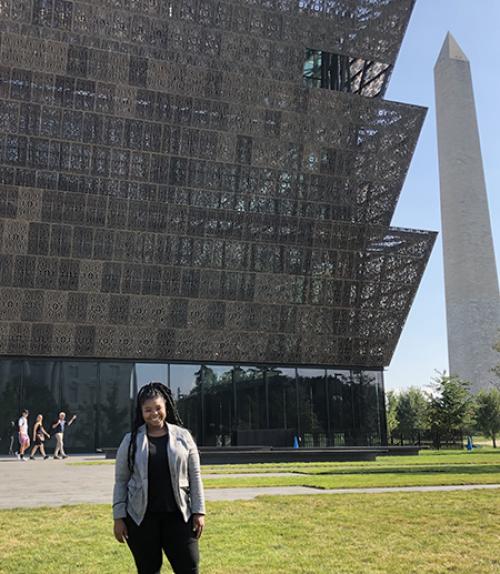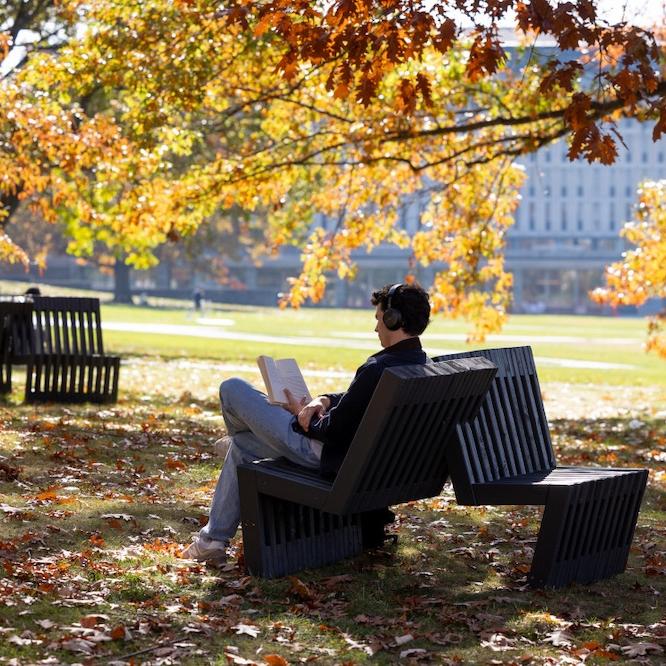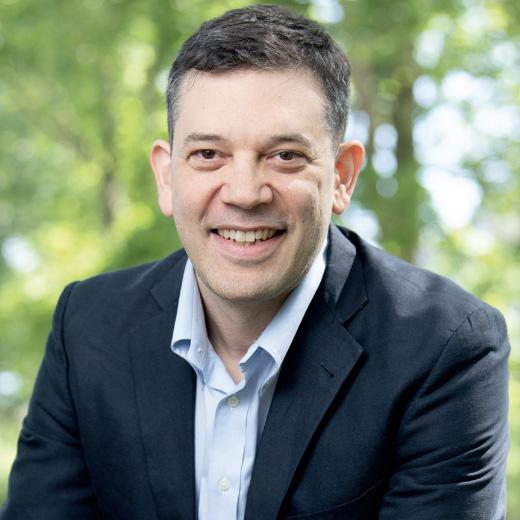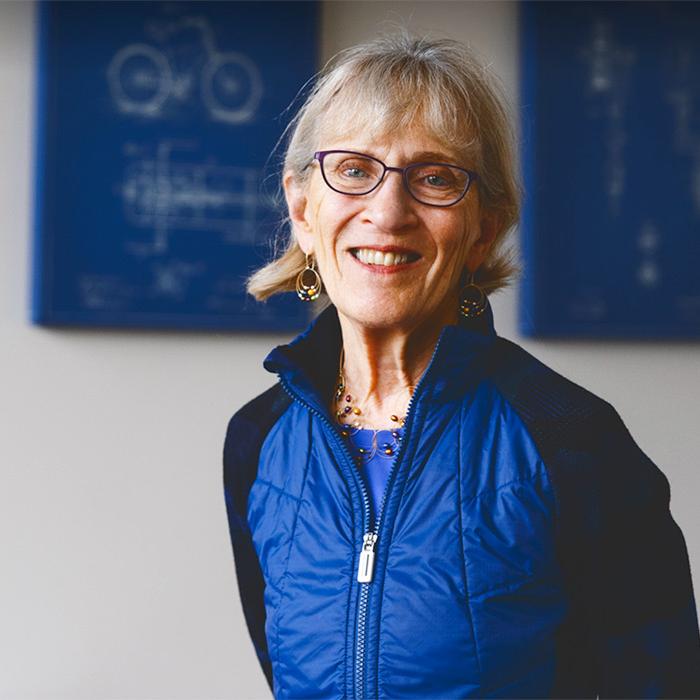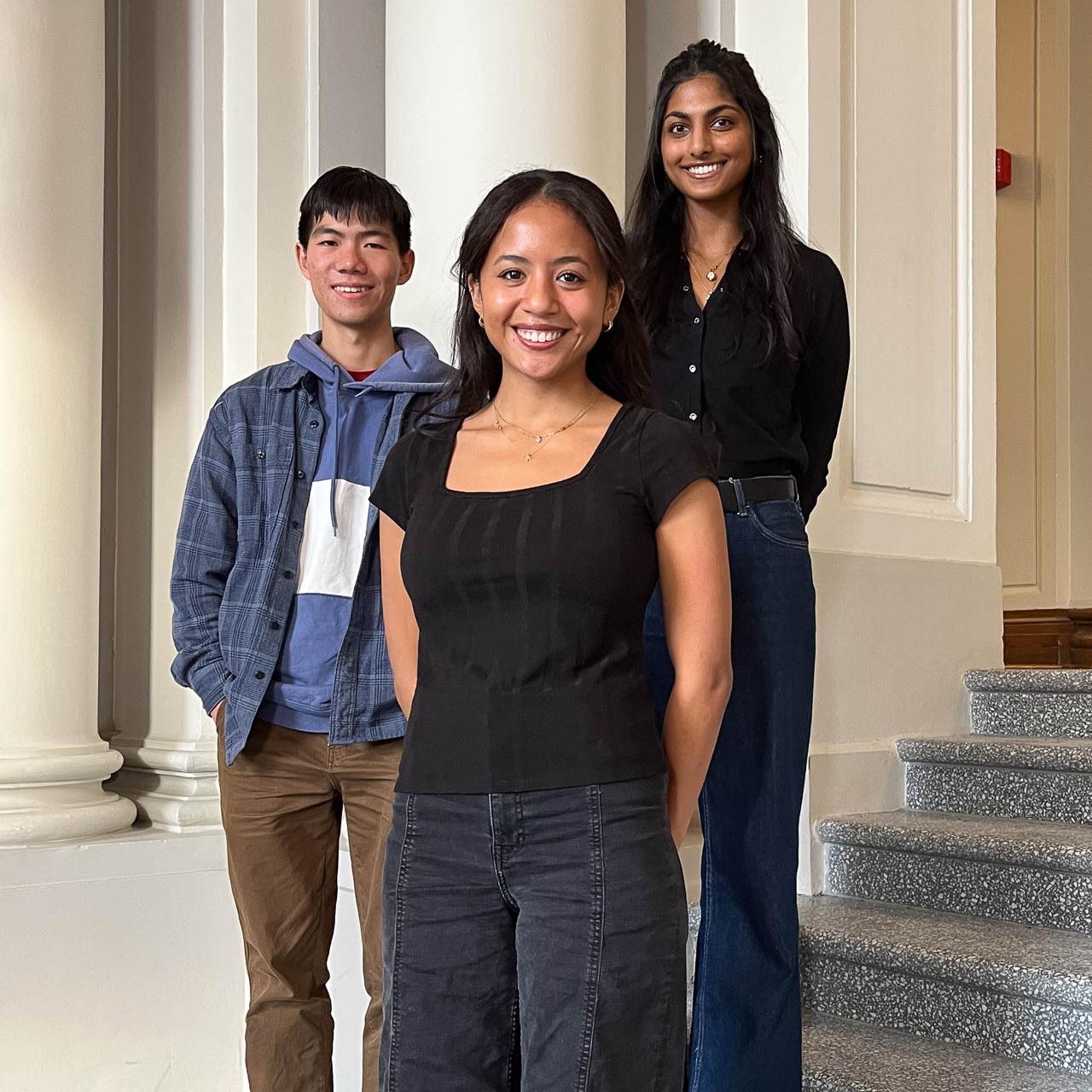
 Department Homepage
Department Homepage
History comes to life in Smithsonian internship
Amina Kilpatrick '21, a government and economics major in the College of Arts & Sciences, spent her summer interning at the National Museum of African American History and Culture and was one of the 117 students in the College who won summer experience grants to help with living and travel expenses. Find out more about her adventures in D.C.:
